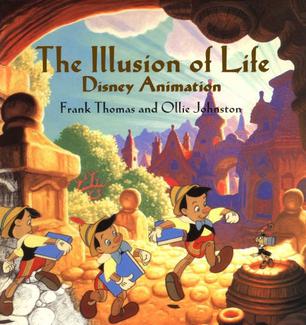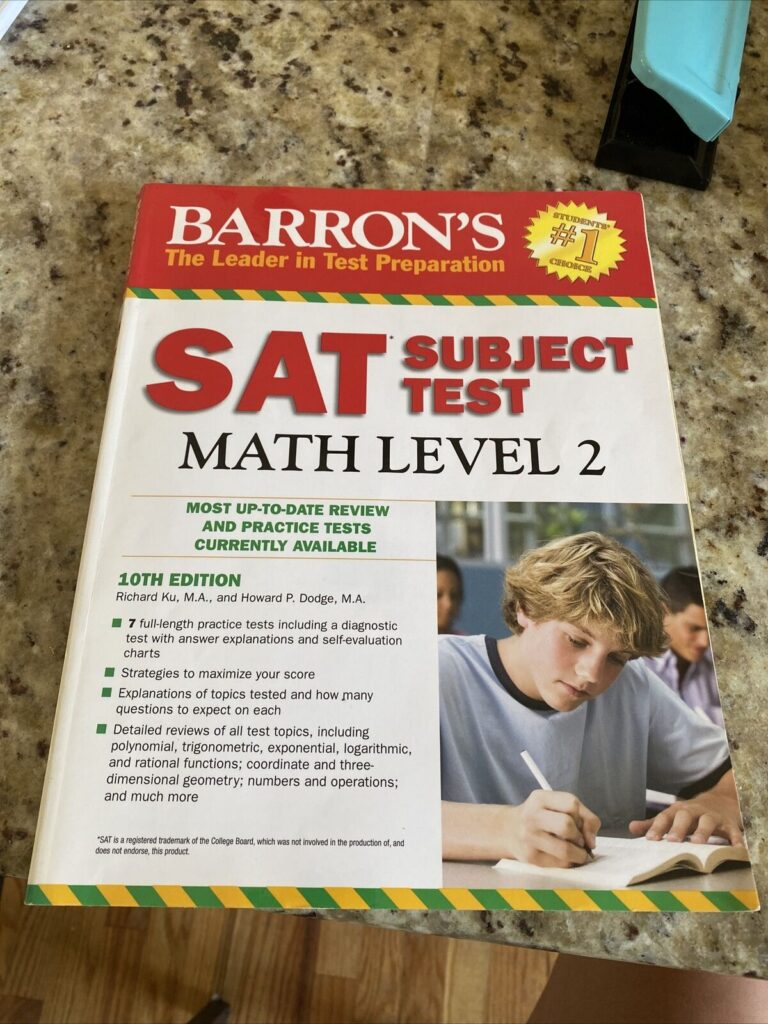12 Principles of Animation by Disney Animators, Ollie Johnston And Frank Thomas
The Disney animators’ twelve basic principles of animation were developed by Ollie Johnston and Frank Thomas in their 1981 book The Illusion of Life: Disney Animation. These principles are based on the work of early Disney animators such as Fred Moore and Ham Luske, who developed an intuitive understanding of how animation should work. The principles are designed to produce an illusion of life through the use of movement, timing, weight, space, exaggeration, arcs, anticipation, straight-ahead action and follow-through, staging, posing or keyframes, solid drawing, squash and stretch, secondary action and timing in relation to dialogue.
The 12 Principles of Animation were first introduced by Disney animators Ollie Johnston and Frank Thomas in their 1981 book The Illusion of Life: Disney Animation. These principles are still used today by animators all over the world to bring characters to life on the big screen.
1. Squash and Stretch: This principle is used to give a sense of weight and flexibility to objects that would otherwise look rigid.
By squashing and stretching an object, it appears to be made of a more pliable material.
2. Anticipation: This principle is used to create a sense of movement before an action actually takes place. By showing a character getting ready for an action, the viewer is given a sense of anticipation and excitement for what is about to happen next.
3. Staging: This principle is all about making sure that the viewer knows what is happening in a scene and where they should be looking at any given time. By using clear staging, an animator can guide the viewer’s eye through a scene so that they don’t miss anything important.
4. Straight Ahead Action and Pose-to-Pose: Straight ahead action means drawing out a scene frame by frame from beginning to end without stopping in between poses.
This approach works well for scenes with fast paced action but can be very difficult to control when trying to achieve specific results. Pose-to-pose involves drawing key poses first and then filling in the frames in between those poses later on. This method gives the animator more control over the final outcome but can often result in choppy animations if not done carefully enough pose-to-pose transitions .
A good animation will usually use a combination of both straight ahead action and pose-to-pose depending on what looks best for each particular scene . 5 . Follow Through and Overlapping Action : Follow through refers to how certain body parts continue moving even after the main action has stopped .
For example , when someone throws a ball , their arm will continue moving upwards even after releasing the ball . Overlapping action is similar but refers to different body parts moving at different speeds – so while one part may have already completed its main action , another part may still be in motion .
12 Principles of Animation List
The 12 Principles of Animation were first introduced by Disney animators Ollie Johnston and Frank Thomas in their 1981 book The Illusion of Life: Disney Animation. These principles are still used today by animators all over the world to create believable and compelling characters and scenes.
1. Squash and Stretch: This is perhaps the most important principle, as it gives objects a sense of weight and volume.
By squashing an object (flattening it out), we can make it look heavier, while stretching it makes it appear lighter.
2. Anticipation: This principle is used to create a sense of movement before an action actually takes place. For example, if a character is going to jump, they will first crouch down in anticipation of the jump.
3. Staging: This refers to the way in which a scene is set up so that the viewer knows what is happening and where everything is in relation to each other. Good staging makes for clear and concise storytelling.
4. Straight Ahead Action and Pose to Pose: These are two different approaches to animation that can be used depending on the effect you are going for.
Straight ahead action means drawing every frame in sequence from beginning to end, while pose to pose involves starting with key poses or major actions then filling in the frames between them later on.
5 . Follow Through and Overlapping Action : Follow through refers to the way certain body parts continue moving after the main action has ceased (e..g., a character’s arm swinging after they’ve stopped running).
Overlapping action means that different body parts move at different speeds (e..g., a character’s head starting to turn before their body does). Both of these add realism and help keep viewers engaged . ̈ 6 .
Ease In/Ease Out : This principle dictates how fast or slow an object should move at various points during its action . For example , something that starts slowly then speeds up should have more frames at the beginning than at the end . ̈ 7 .
Arcs : Most natural movements follow an arc shape , such as when someone swings their arms when walking . Adding arcs into your animation will give it a more organic feel . ̈ 8 . Secondary Action : A secondary action is one that adds interest or reinforces the primary action taking place . It could be something as simple as a character winking while they talk or tapping their foot impatiently while waiting for someone else . ̈ 9 . Timing : Timing refers to both how long an animation should take place as well how many frames should be used for each movement ..

Credit: www.amazon.com
Which are the 12 Basic Principles of Animation?
The 12 basic principles of animation were first introduced by Disney animator Ollie Johnston in his 1981 book “The Illusion of Life.” These principles are still used by animators today and provide a solid foundation for creating believable animations.
1. Squash and Stretch: This is probably the most important principle and is what gives animations their life and energy.
It’s used to add volume to characters and make them feel more solid.
2. Anticipation: This helps sell an action before it happens, like a character getting ready to jump or punch.
3. Staging: This is all about making sure the viewer knows what’s going on and what’s important in each scene.
4. Straight Ahead Action and Pose to Pose: Straight ahead action means drawing out an animation frame by frame from start to finish. Pose to pose is where key poses are drawn first then the frames in between are added later.
5. Follow Through and Overlapping Action: Follow through is when secondary actions happen after the primary action, like a character’s hair moving after they’ve stopped running.
Who Invented the 12 Principles of Animation?
The 12 principles of animation were first introduced by Disney animators Ollie Johnston and Frank Thomas in their 1981 book The Illusion of Life: Disney Animation. These principles are still used today by animators all over the world as a guide for creating successful animations.
The 12 principles are:
1. squash and stretch
2. anticipation
3. staging
4. straight ahead action and pose to pose
5. follow through and overlapping action
6. slow in and slow out
7. arcs
8. secondary action
9. timing
10. exaggeration
11 solid drawing
Which of the 12 Principles of Animation is the Preparation for the Main Action?
The principle of preparation is the twelfth and final principle of animation according to Disney animator Ollie Johnston. It states that any action or movement should be carefully planned and rehearsed before it is executed on screen. This allows the animators to get a feel for the timing and flow of the action, and make any necessary adjustments before committing it to film.
By taking the time to prepare for their actions, animators can ensure that their scenes will run smoothly and look great on screen.
How Many Principles the Two Authors of the Book The Illusion of Life Disney Animation Came Up With?
The book The Illusion of Life: Disney Animation was written by two authors, Frank Thomas and Ollie Johnston. They came up with 12 basic principles of animation.
The first principle is the most important one, according to the authors.
It is called “stretch and squash.” This is when an object is stretched or squashed in order to emphasize an action. For example, if a character is running and jumps, they will be stretched out as they leave the ground, and then squashed when they land.
The second principle is “timing.” This refers to how long each drawing should be held on screen in order to create the illusion of motion. If drawings are held for too long or too short a time, it will look unnatural.
The third principle is “spacing.” This has to do with how far apart each drawing should be from the one before it. If there is too much space between them, it will look like the character is jumping; if there isn’t enough space, it will look like they’re sliding.
The fourth principle is “exaggeration.” This means that an action should be exaggerated in order to make it more interesting or humorous. For example, a character might have really big eyes in order to convey surprise.
The fifth principle is “solid drawing.” This means that each drawing should have a sense of weight and volume, so that it looks like a solid object rather than a flat image.
The sixth principle is “appeal.”
This refers to making sure that the characters are appealing to viewers so that they will want to watch them. Characters should be designed in a way that makes them likable and relatable.
7) The seventh principle of animation according to The Illusion of Life: Disney Animation book by Frank Thomas and Ollie Johnstonis “follow through” where you show what happens after an object hits something else – for example ripples after somebody cannonballs into water or feathers floating down after someone gets plucked chicken .
8) Eighth on their list was “secondary action” which are smaller motions that occur along with your main animation – such as eyebrows wiggling while somebody talks , clothing billowing around as somebody moves , hair blowing in wind etc .
9) Number nine was “slow in and slow out” which means that animations shouldn’t just start abruptly nor end randomly but rather go from slower movements at beginning/end .
10) After slowdown , we have “arcs” which describes how objects naturally move in curved paths rather than straight lines unless acted upon by outside forces . Imagine swinging pendulum or bouncing ball – those would follow arcs whereas something falling off table would go straight down .
11) Another thing covered under naturalism were “straight ahead action and pose-to-pose” meaning sometimes you just draw frame by frame spontaneously until you finish your scene but other times ( especially for key poses ) you plan everything out beforehand then fill frames between those poses later .
12 Principles of Animation given by Frank Thomas & Ollie Johnston.
Conclusion
The 12 principles of animation were first introduced by Disney animators Ollie Johnston and Frank Thomas in their 1981 book The Illusion of Life: Disney Animation. These principles are still used today by animators all over the world to bring characters to life and make them believable.
The 12 principles are:
1. Squash and stretch: This is used to give a sense of weight and volume to objects. By squashing an object, it appears heavier, and by stretching it, it appears lighter.
2. Anticipation: This is used to create a sense of movement before an action actually happens.
For example, a character might take a deep breath before running or jumping.
3. Staging: This is used to direct the viewer’s attention to what is important in the scene. Characters and objects should be placed so that they are easy to see and understand what is happening.
4. Straight ahead action and pose to pose: Straight ahead action means drawing out a scene frame by frame from beginning to end. Pose to pose means starting with the major key poses and then filling in the frames in between those poses later on. Both methods have their own advantages and disadvantages, so it’s up to the animator to decide which one will work better for each individual scene.
5 . Follow through and overlapping action : Follow through refers to how an object moves after the initial action has taken place . Overlapping action refers t o how different parts o f th e body move independently from each other .
For example , when a character runs , their arms may swing first , followed by their torso , then legs . 6 . Slow in an d slow out : This principle dictates that movements should always start slowly , speed up in th e middle o f th e movement , an d then slow down again at th e end .
This makes movements appear more natural an d fluid . 7 . Arcs : Most real-life actions follow arcs , or curved paths rather than straight lines . When animate d properly, arcs give your movements m ore weight an d realism . 8 .



